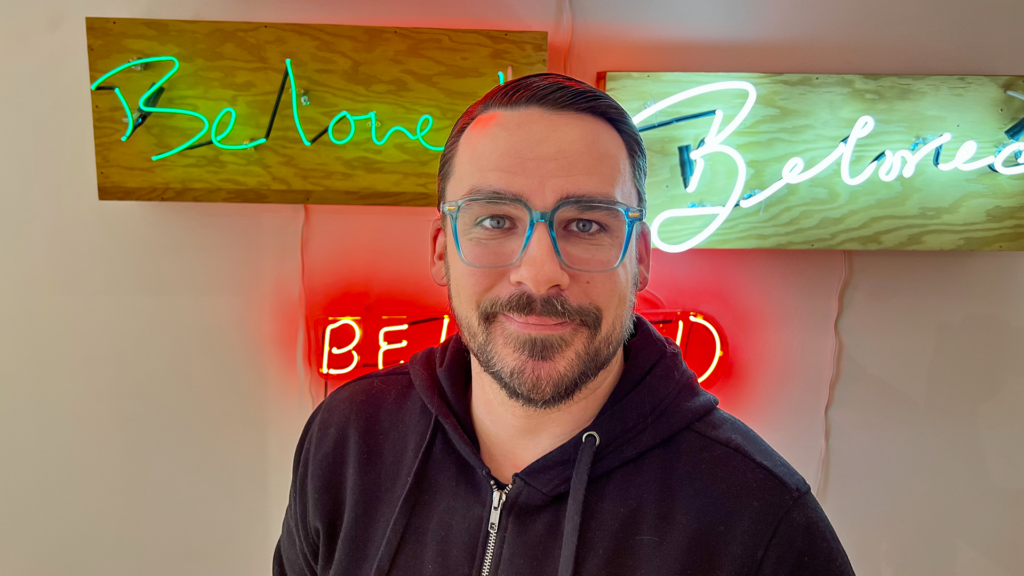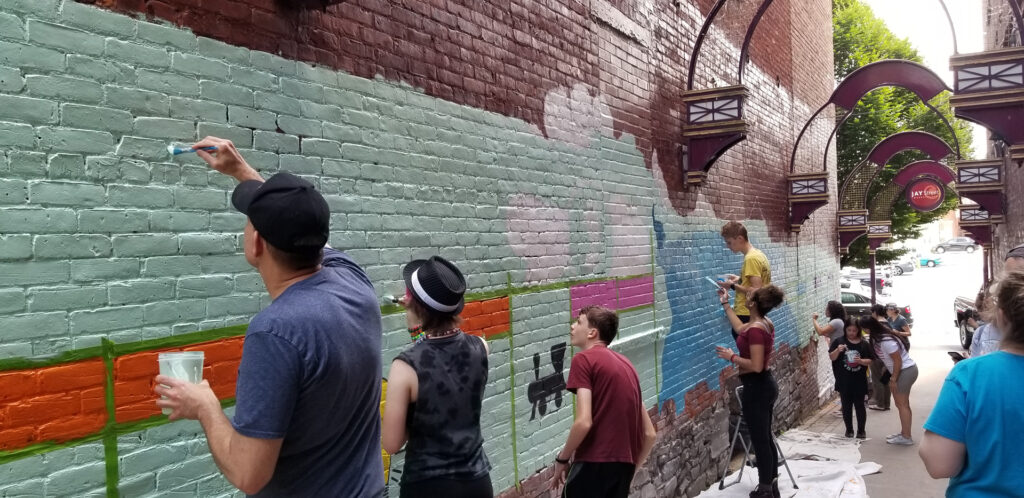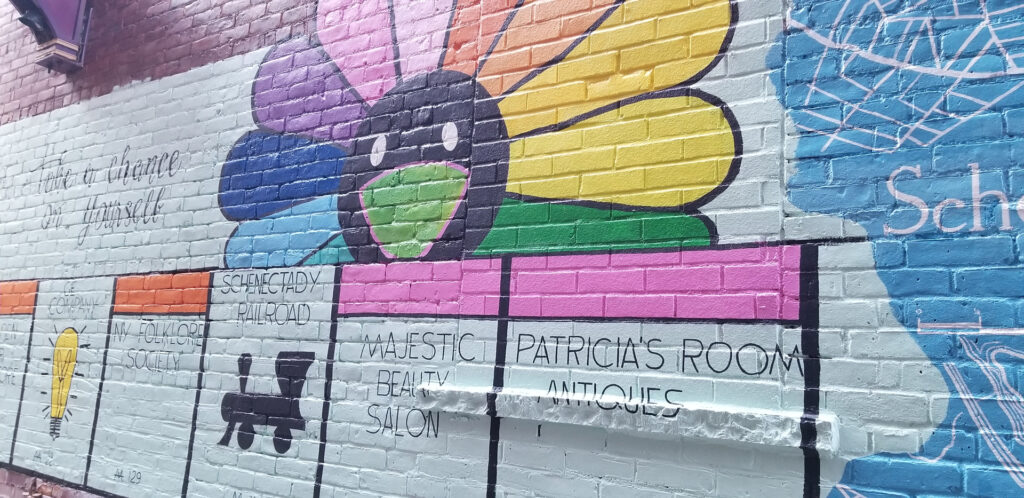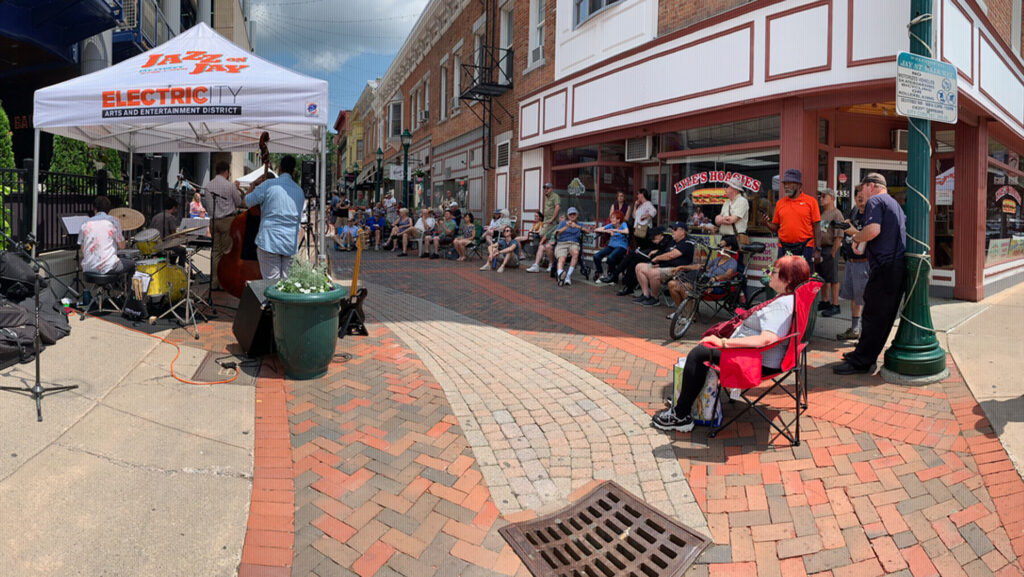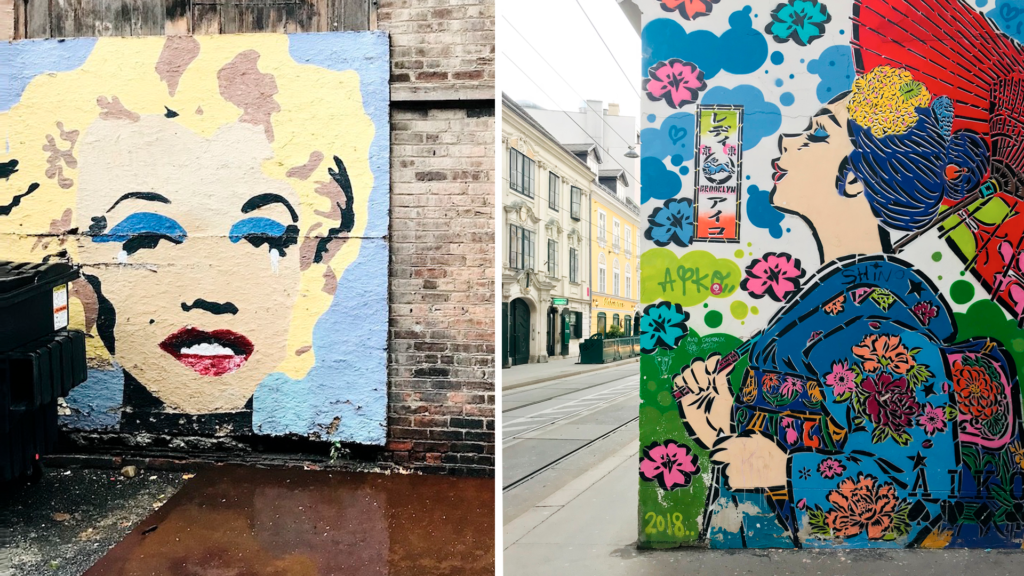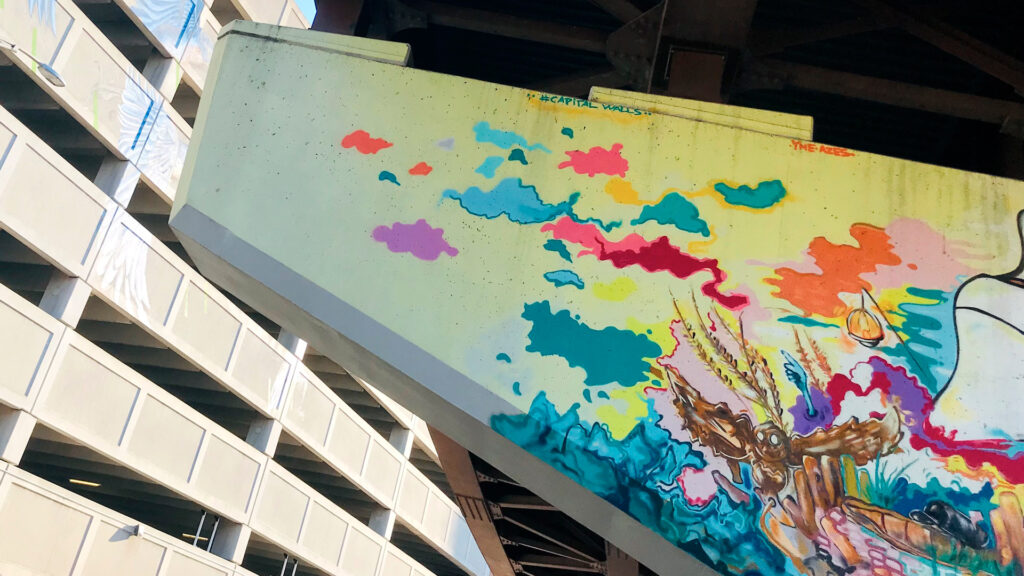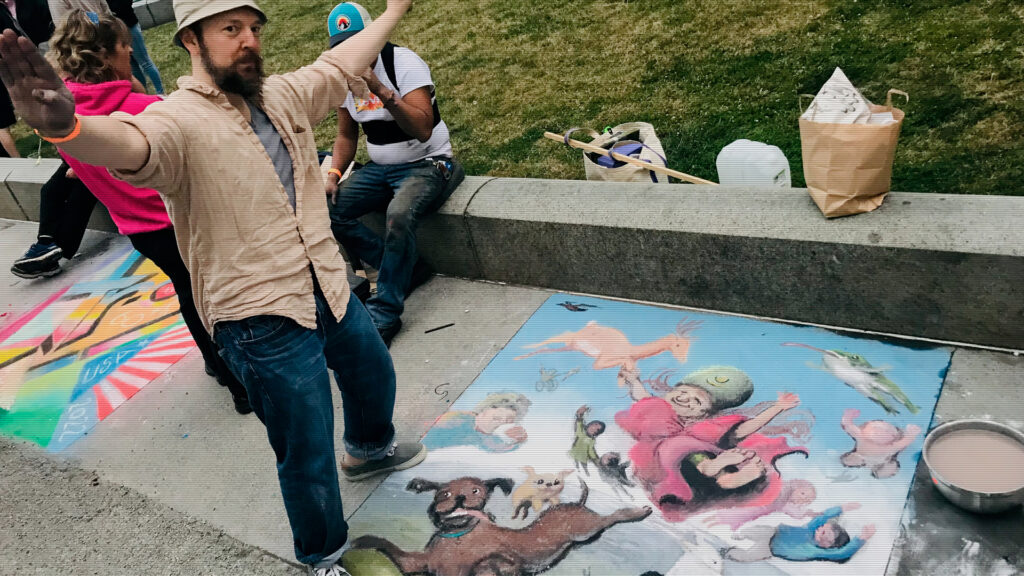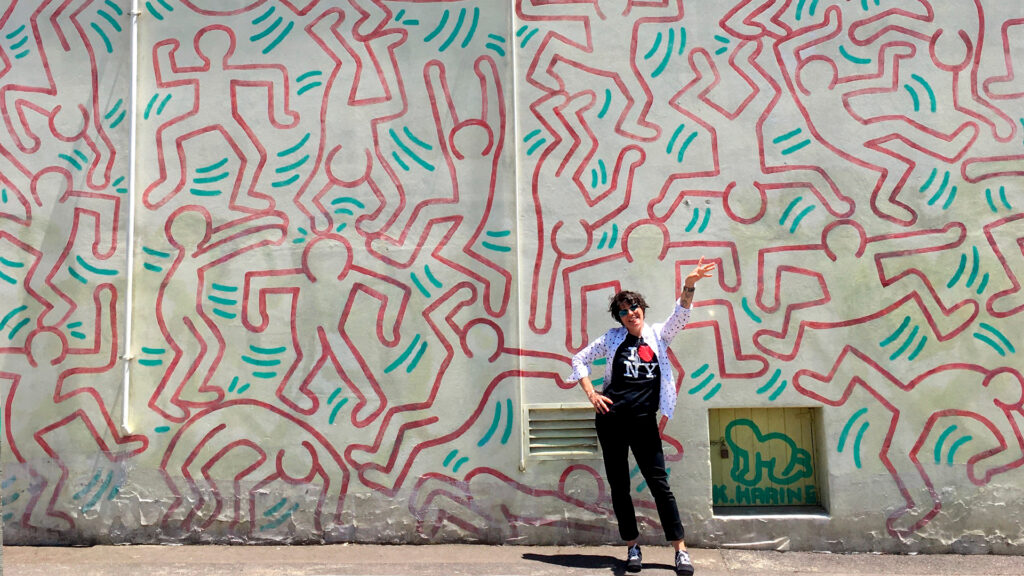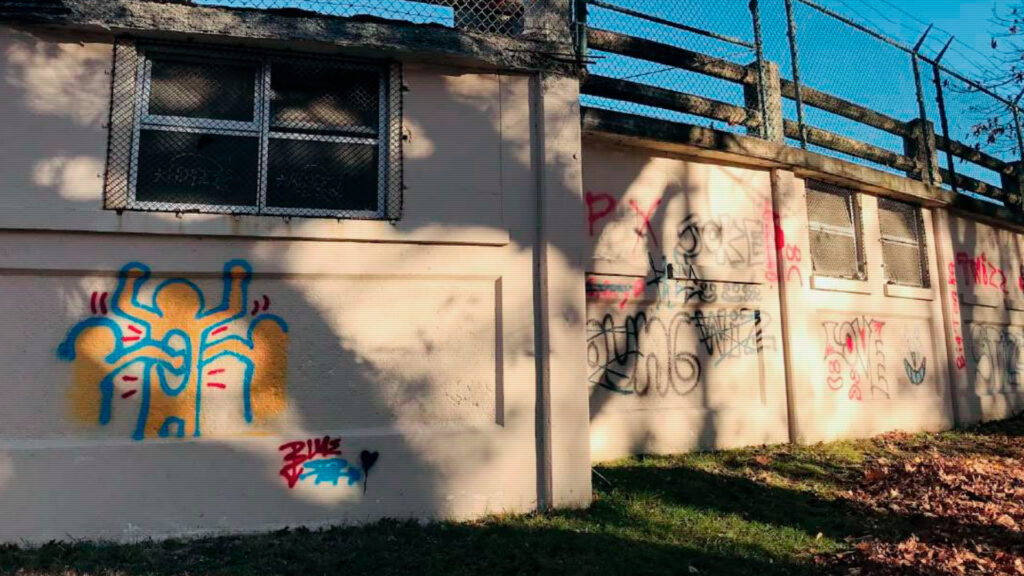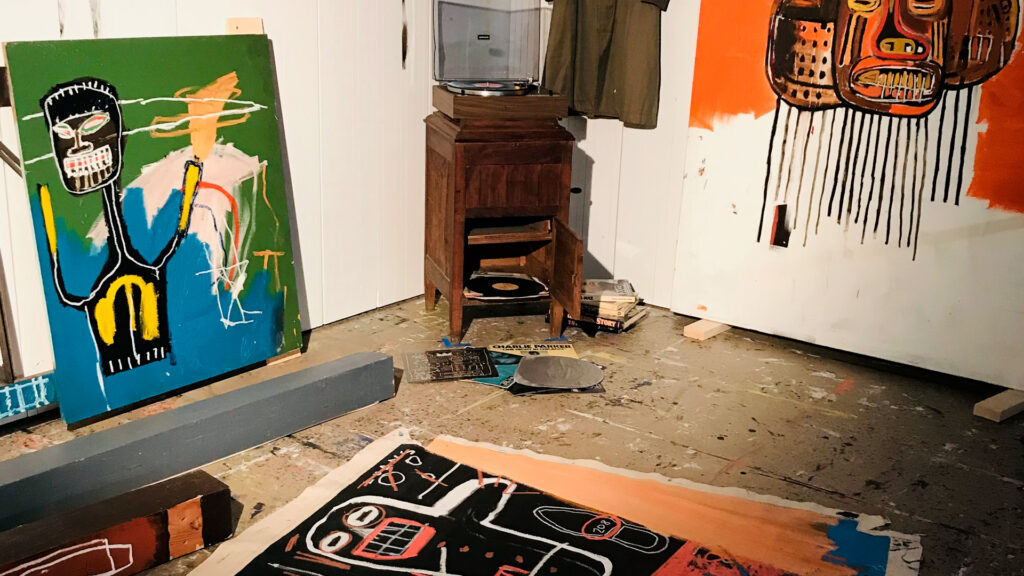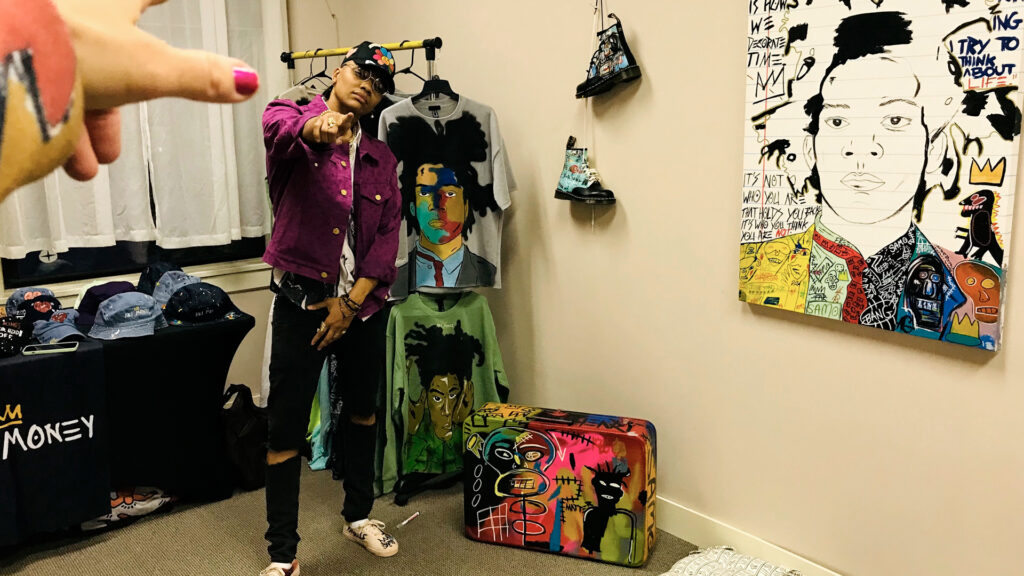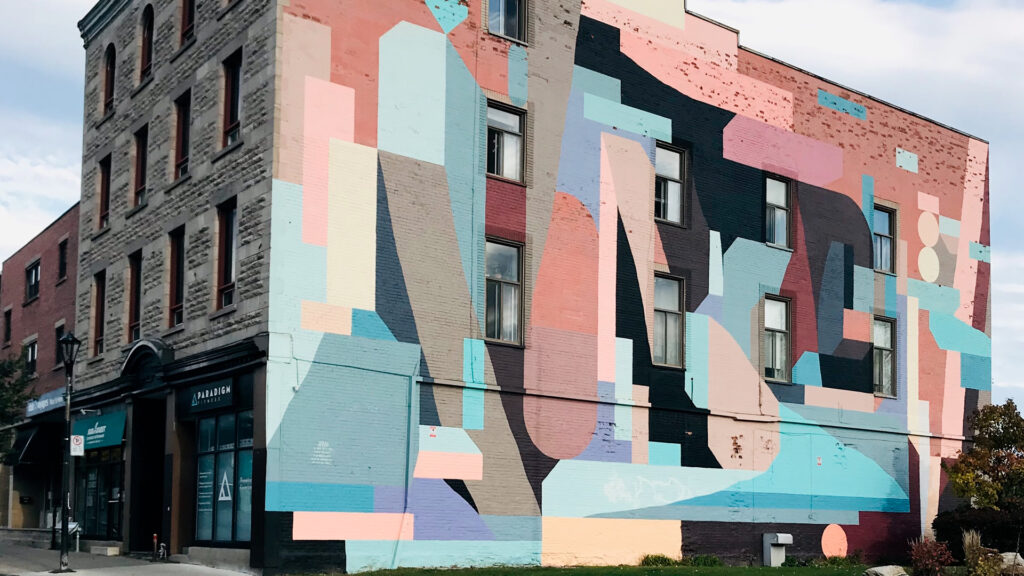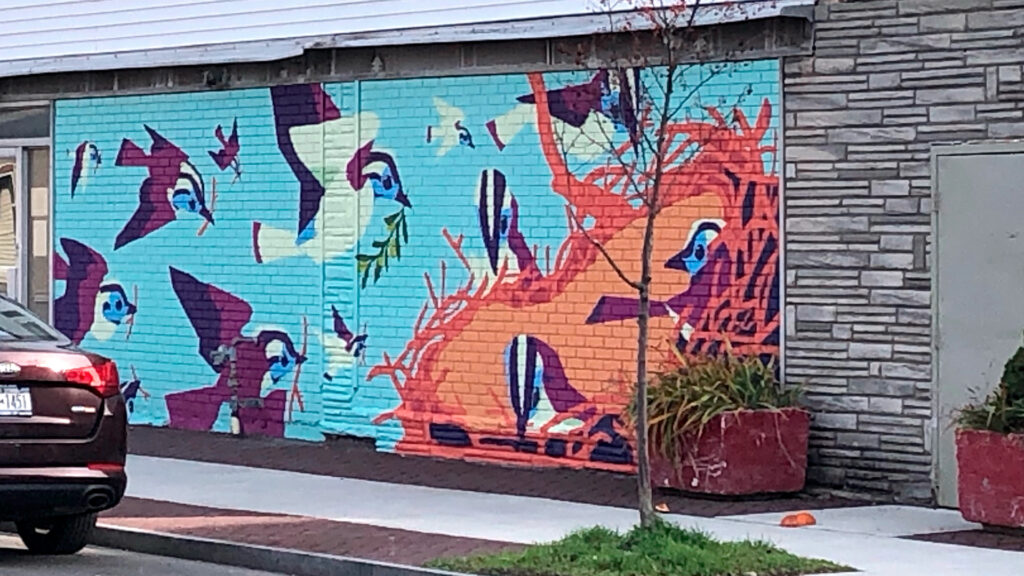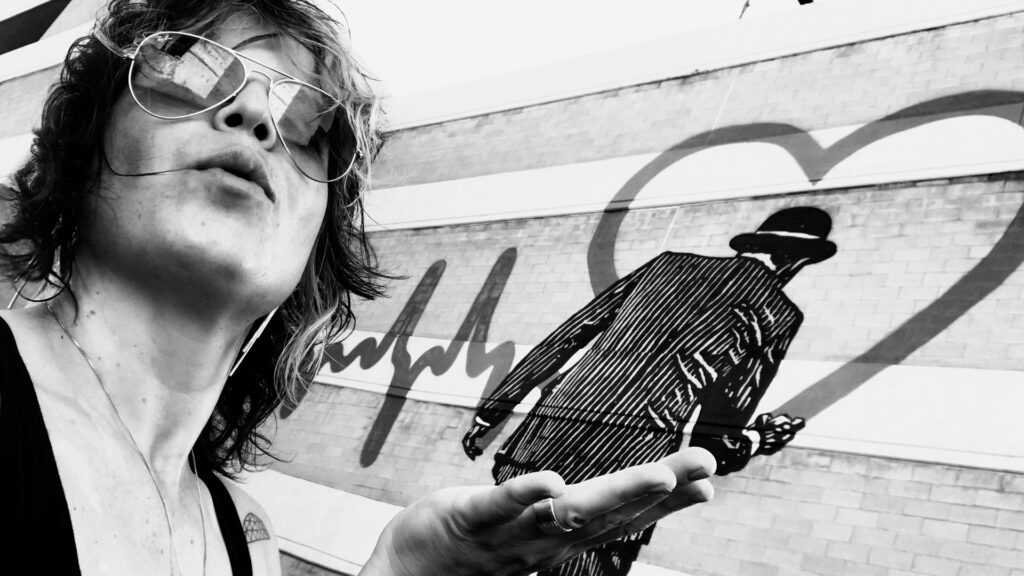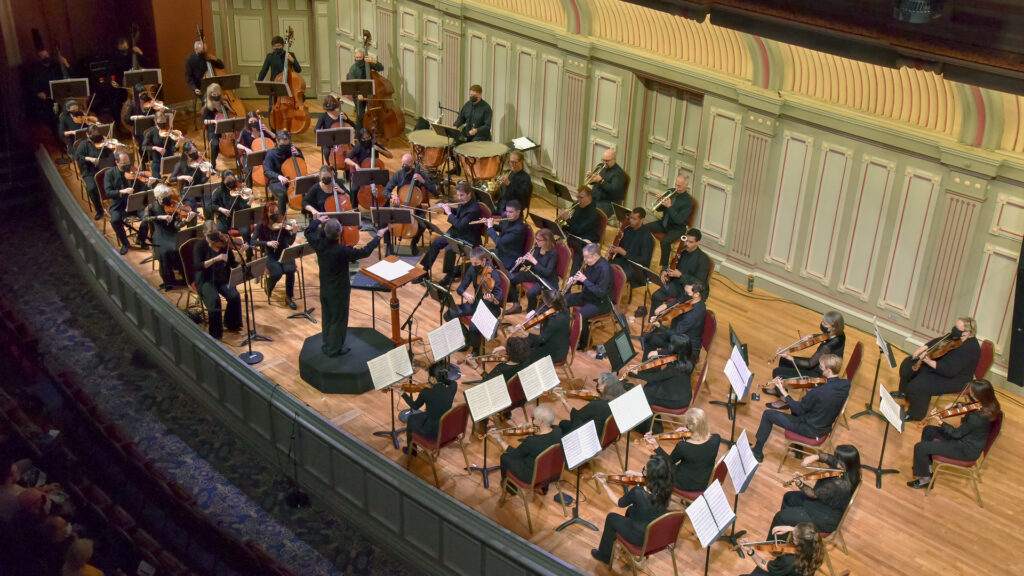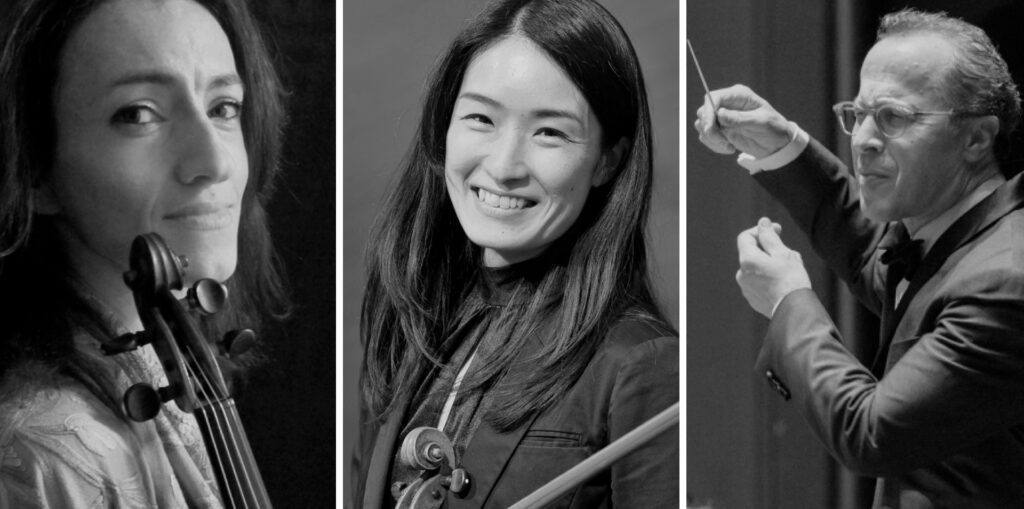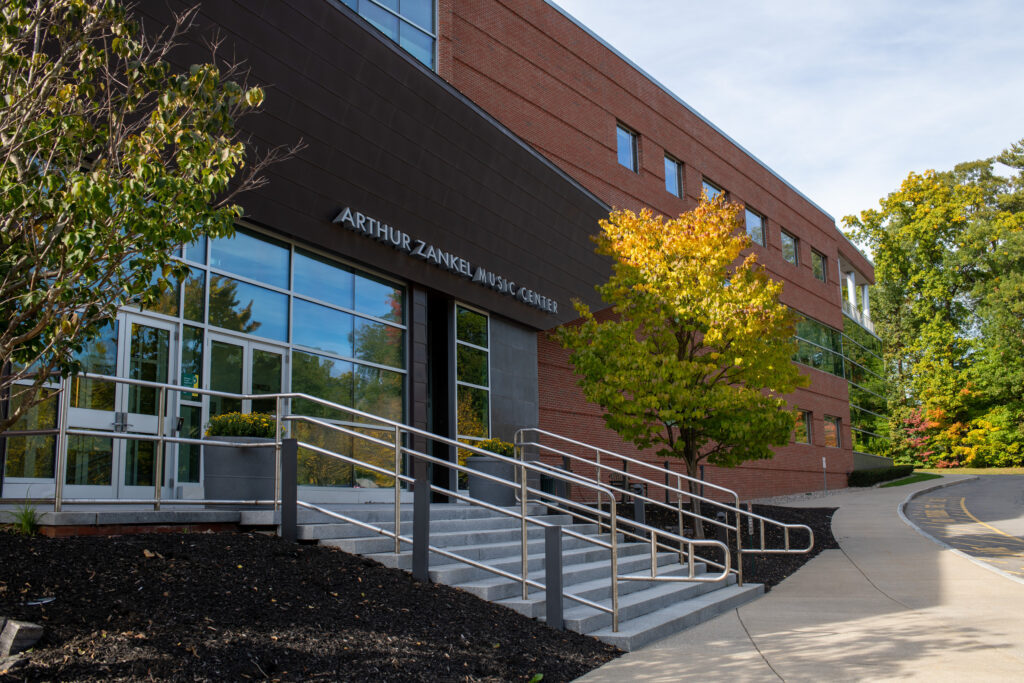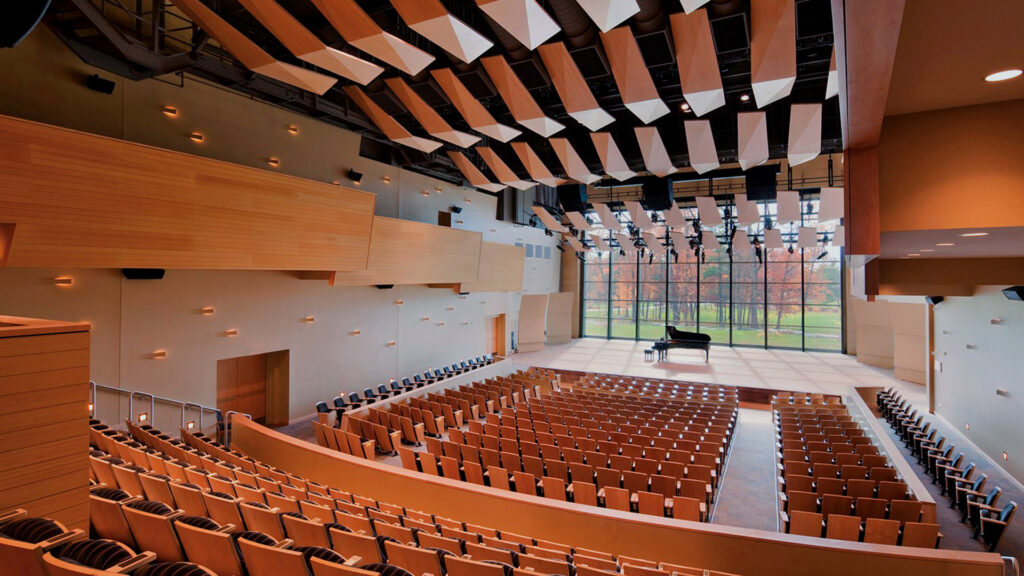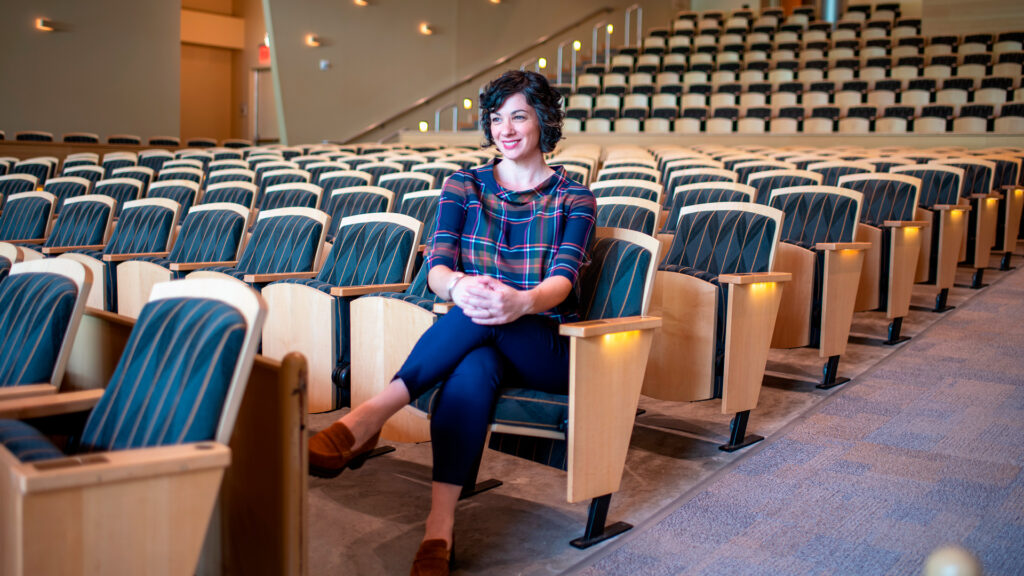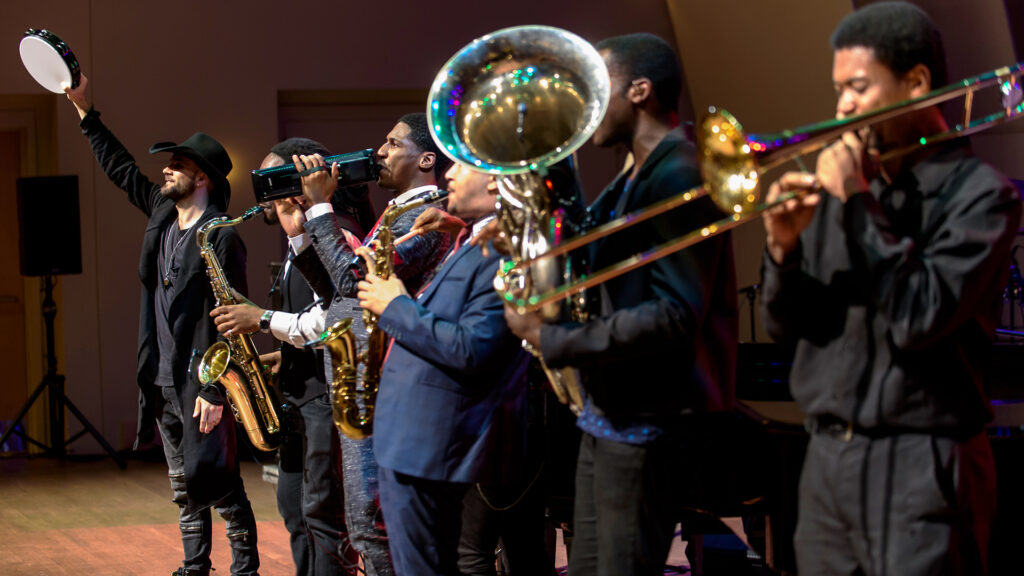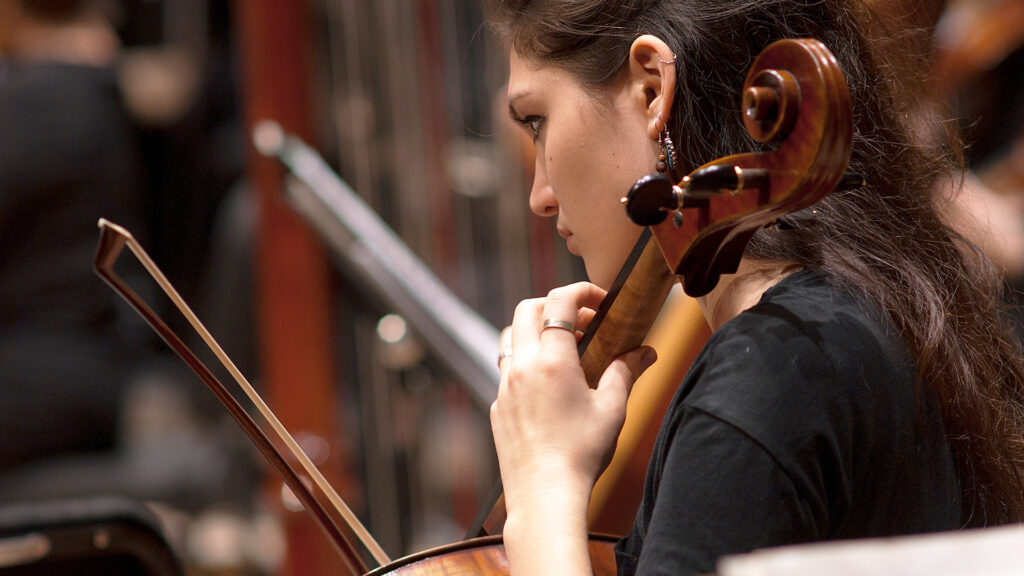I was approached about the ‘Albany Riverfront Collaborative‘ by an architect friend, Scott Townsend of SWBR. He reached out to me asking if I was aware of the project and wondering if ACE! would be interested in playing a role in the growing chorus of voices that have an interest in participatory collaboration on what is surely one of the most potentially impactful projects for the riverfront in downtown Albany in decades. As the project is entering an important community feedback phase in the following months, it felt right to amplify the exciting opportunity presented to stakeholders associated with the City of Albany riverfront. To get a little more insight I reached out to Jodi Smits Anderson (AIA, LEED-AP BD+C, Well-AP), a managing principle at Einhorn Yafee Prescott (Albany) who happens to be spending a lot of time engaging interested folks about a collaborative design process.
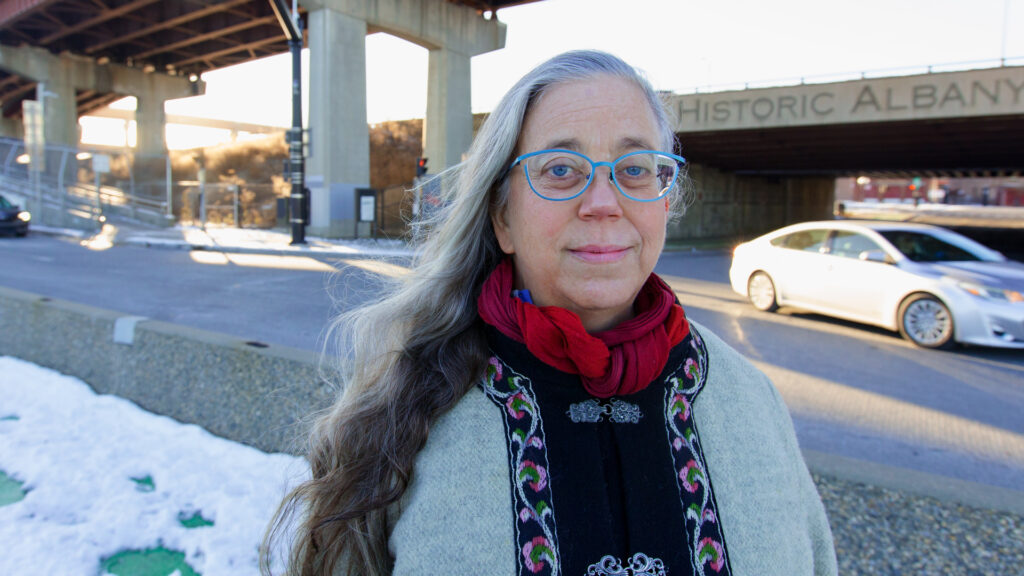
Can you tell me a bit about the project? What is it trying to accomplish and why now?
The core of the project is reimagining the City of Albany’s riverfront. Albany’s upstate sister cities, Syracuse, Rochester, and Buffalo, have all been implementing significant changes to their outdated urban highway structures. ARC (Albany Riverfront Collaborative) founders came together to 1) help people see that we can make powerful change to uplift our communities and improve access to the Hudson River, 2) build relationships to gain support for this change with regional leaders and elected officials, and 3) design aspirational goals that guide the current project and future work – doing so together, with no exceptions!
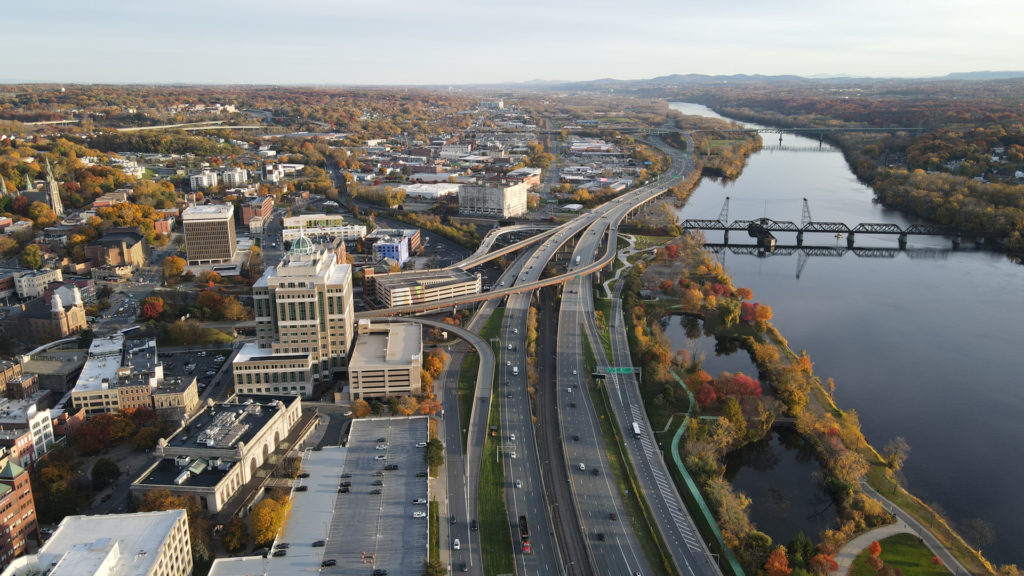
The best time to influence a project’s scope is prior to the actual design process, through discovery of what is possible. Once design is completed, the only tools available to inform the work tend to be confrontational ones: lawsuits, criticism, protest, etc. The consultants for the project are set to begin designing late winter/early spring of 2023, and collaborative feedback during the process is vital to achieving goals of equity and inclusion.
Three redesign concepts are currently on the table for I-787: 1) A highway cap consisting of parkland that connects the city to the river above the fast-moving traffic; 2) an urban canal system that brings the river into the city while restoring water-leveling locks, creating marinas, and generating local interest and tourism (similar to that of the Providence River Walk in Rhode Island); and 3) an appropriately scaled boulevard that balances pedestrian, transportation, commercial, and community needs.
It is likely that the best design incorporates elements of all three, for each idea builds on different perspectives and priorities, from water management and environmental health to recreation and economic development.
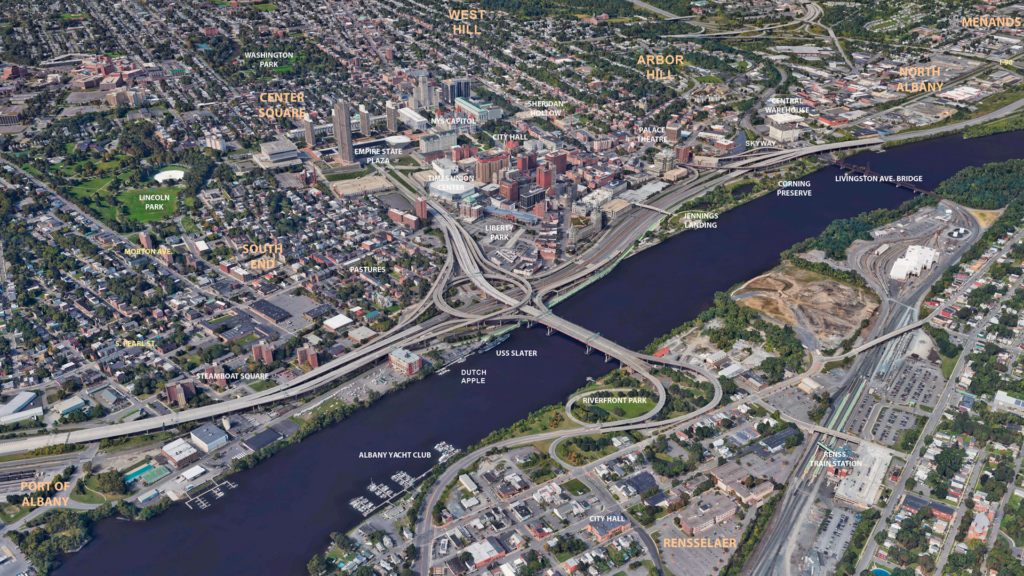
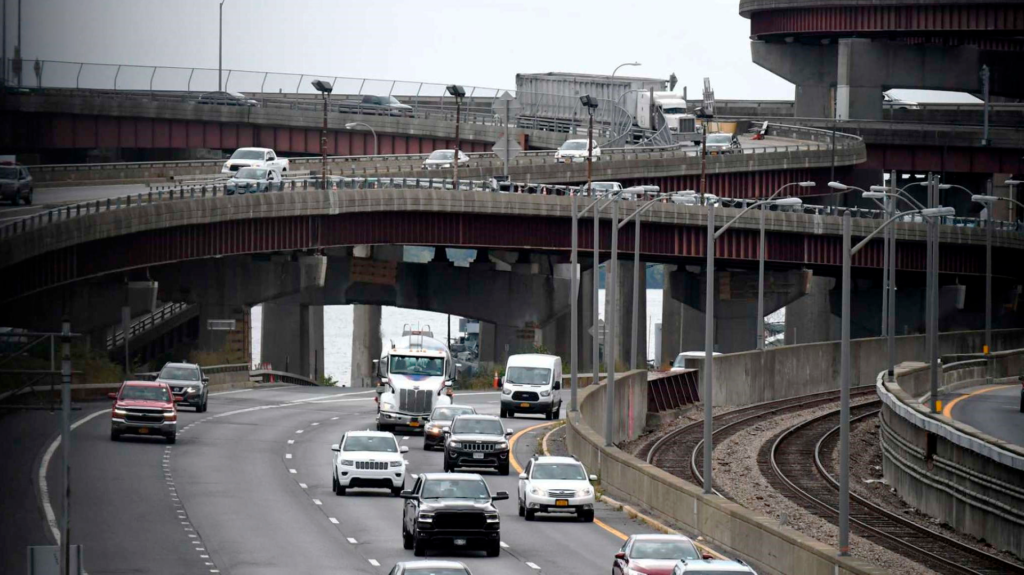
From a historical perspective, what affect has the I-787 corridor had on the City of Albany, specifically the people who lived / live in the areas impacted?
It is amazing to me how projects have ripple effects over time and space. I-787 and the highway interchanges, along with the Empire State Plaza itself, initially took out 98 acres of locally owned businesses, homes, and community places. This gutted the city and created a physical gap. The intention was to provide faster circulation for cars, offices for government, and to create an impressive skyline. Over time, this gap, this slice through town, has forged disparities in the economic levels of impacted communities and created a downtown that is primarily for workers who don’t live here. In addition, all the communities of Albany are distanced from the Hudson River, with only three access points, none of which are vibrant or welcoming.
Can you share some current financial aspects of the project and also community based goals being discussed?
There was a 2018 study completed by DOT for the Capital District Transportation Committee (CDTC) that clearly stated that creating a boulevard, located on either side of the railroad tracks, was a distinct possibility for further study and analysis. The budget this time is more than fifteen (15) times the funding for that study.
Specifically, the Department of Transportation (DOT) has $5 million dollars to reimagine the City of Albany’s riverfront to promote access to it while adapting to the Hudson’s current and future tidal rise, reconnecting neighborhoods, spurring economic activity, and creating opportunities for current and future residents.
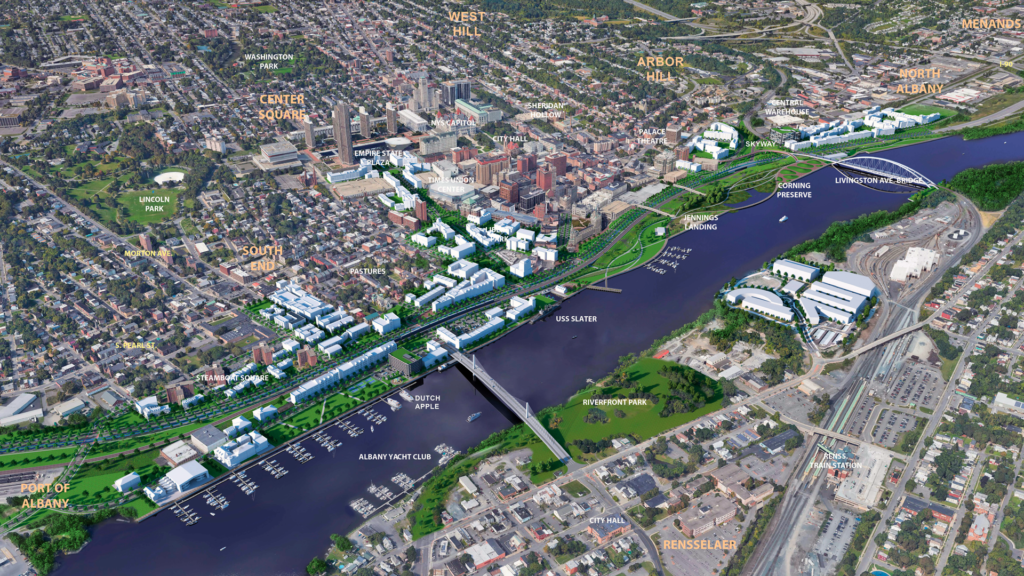
We’ve been hearing from communities including the Albany Downtown BID, South Albany, the Pastures, and North Albany among others. I, myself, live in Pine Hills and have worked downtown for 15 years, mostly biking and walking to and from the office. The visions of joy being shared through the work of the ARC center around access to Nature and removal of the great weight of concrete over people’s heads. There is a lot of concern over development and a way to do it without pricing our current residents out of the city. This is why local voices are vital. We also hear about slowing down traffic and increasing access points into the city. This last piece is particularly impactful because it can lead to economic growth – for all of the city. Studies show that this approach helps people spend more time and more money in cities, as they are more likely to be part of the community after work hours.
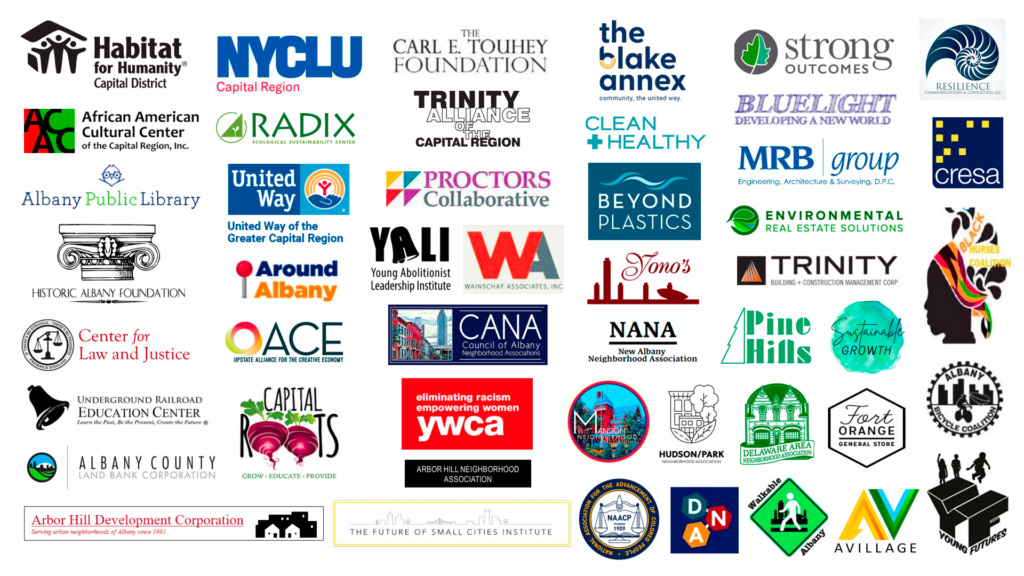
Can you tell us about the public and private stakeholders and cultural and community organizations who have signed on to help make this happen?
The list of stakeholders / partners is impressive. They include residents, neighborhood and community groups, for and not for profit organizations, businesses and government entities. The intent of the Albany Riverfront Collaborative has always been to be a connector. ARC’s goal is to facilitate a growing understanding for all the communities of Albany, including commuters and visitors. That we all have a right and a responsibility in the vision for the city. We want elementary school kids to write about the Hudson, and college students to do the carbon calculations on the plans. We want people to propose legislation to clean and heal the Hudson, and all the streams we have buried in Albany. We support Radix Center‘s urban gardens and the South End Butterfly Sanctuary pollinating them. Local artists and local advocates can agree about the need for a shared, co-created, inclusive, climate smart, and healthy future. CDTA and the local neighborhood associations can inform the plans, and you and I can love our city. That’s the potential we all can see and work for.
Where can folks go to get more information?
You can check out our website and follow us on social media. We are currently looking for more people with a vested interest in the long term development of the City of Albany to connect with the process so please, reach out if you have an interest!
WEB: albanyriverfrontcollaborative.com
IG / FB: @albanyriverfrontcollaborative
